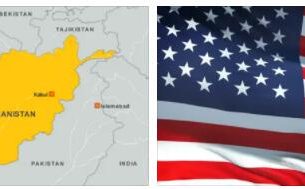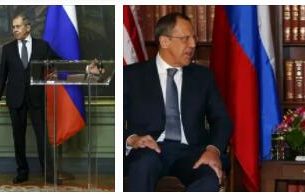Brunei Darussalam, known for short as Brunei, is a monarchy that emerged from a former sultanate.
The country is one of the smallest and one of the richest states in the world and the third largest oil producer in Southeast Asia. Oil has been produced in the country since 1932.
The Sultan of Brunei is one of the richest men in the world. The country has a very good infrastructure, including free health care and free school and university education.
The state itself consists of two territories separated by the Malaysian Limbang Corridor.
Attention
Since April 3, 2019, homosexuality can be punished with death by stoning. This applies to both men and women
| Official Name of the country | Negara Brunei Darussalam |
| Short form | Brunei |
| Form of government | Absolute monarchy under a Malay-Muslim royal house |
| Location | 5 ° 05 ‘N to 4 ° 00’ N and 114 ° 04 ‘to 115 ° 24’ Eon the northwest coast of the island of Borneo on the South China Sea |
| National anthem | Allah Peliharakan Sultan |
| Population | about 415,000 (Credit: Countryaah: Brunei Population) |
| Ethnicities | 67% Malay, 22% other, 11% Chinese |
| Religions | 67% Muslims, 13% Buddhists, 10% Christians, 10% others |
| Languages | Official languages: Malay as the official languageEnglish is the language of instruction and the lingua
franca of Chinese dialects |
| Capital | Bandar Seri Begawan with approx. 50,000 residents in the cityand 290,000 in the district |
| Surface | 5,765 km² |
| Highest mountain | Bukit Pagon with a height of 1,850 m |
| Longest river | Belait with a length of around 570 km |
| Largest lake | Tasek Merumbun |
| International license plate | BRU |
| National currency | Brunei dollars |
| Difference to CET | + 7h |
| International phone code | +673 |
| Voltage frequency | 220/240V, 50 Hz |
| Internet TLD (Top Level Domain) | .bn |
Brunei: history
Brunei until the 19th century
Islam spread to the Brunei area in the 13th century. In 1521 Magellan visited the country on his journey. In the 16th-18th In the 19th century, the Sultanate’s area of influence extended over large parts of Borneo and the southern part of the Philippines, i.e. over a much larger area than it is today. The Dutch, Spaniards and British, but also pirates, constantly contested the territory with the sultans of that time. In 1838 the British James Brooke (1803 – 1868) was appointed liege lord by the Sultan for the suppression of an insurrection and an end to unrest among the indigenous peoples. He received hereditary rule over what is now the Malay state of Sarawak. James Brooke and two of his relatives were named the so-called “White Rajas” (royal rulers) of Borneo. Their rule ended during World War II, when the Japanese conquered the region. In 1847 the sultanate closed with Britain signed a treaty to combat pirates. In 1888 Brunei became a British protectorate. The country was divided into two parts in 1890 as a result of the loss of the “Limbang Corridor”, which belongs to Malaysia.
20th century until today
According to Abbreviationfinder website, the Japanese occupied both Brunei and the entire region during World War II. On 9/29 In 1959 the first Brunei constitution came into force. Parliamentary elections were also planned. In 1962 the uprising of the Parti Rakjat Brunei, the People’s Party of Brunei, was put down by British troops. Since then, there has been a state of emergency in the country. In 1963, Brunei refused membership in the Malaysian Federation. On October 4th, 1967 the Sultan Sultan Omar Ali Saifuddien abdicated. His son Sultan Hassanal Bolkiah has been in power ever since. Brunei regained its sovereignty on January 1st, 1984. The legislative chamber was dissolved in 1984 and was only reinstated on September 25, 2004.



